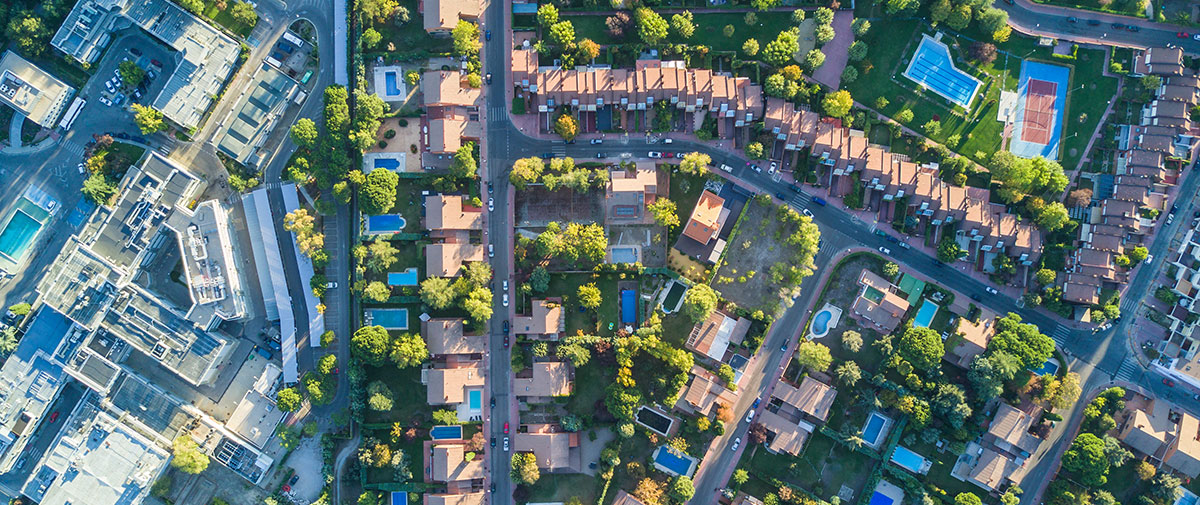As someone deeply immersed in the world of real estate and development, I’ve witnessed firsthand the transformative power of strategic urban planning. In today’s blog, I want to share my thoughts on a topic close to my heart: how we, as developers and urban planners, can leverage our skills and resources to combat climate change.
The Urgency of Now
Climate change is no longer a distant threat; it’s a pressing reality affecting communities worldwide. Rising temperatures, unpredictable weather patterns, and increasing natural disasters have underscored the need for immediate action. In this critical moment, the real estate sector holds a unique position of influence and responsibility. Our decisions shape landscapes, impact ecosystems, and determine the carbon footprint of urban areas for generations to come.
Rethinking Urban Spaces
The way we design and build our urban environments can significantly mitigate or exacerbate the effects of climate change. Traditional urban planning often prioritized short-term gains over long-term sustainability, leading to sprawling cities that contribute heavily to carbon emissions. However, a new paradigm is emerging, one that places environmental sustainability at the core of urban development.
Green Infrastructure
One of the most powerful tools at our disposal is green infrastructure. Integrating green spaces into urban planning not only enhances the aesthetic appeal of cities but also serves crucial environmental functions. Parks, green roofs, and vertical gardens help absorb CO2, reduce urban heat islands, and manage stormwater runoff, making our cities more resilient against the impacts of climate change.
Sustainable Transportation
Another key area of focus is sustainable transportation. Encouraging the use of public transit, bicycles, and pedestrian pathways over private vehicles can dramatically reduce urban carbon emissions. As developers, we can support this shift by strategically locating projects near transit hubs and designing neighborhoods that are walkable and bike-friendly.
Building with the Future in Mind
In the realm of construction, there’s a vast potential to reduce environmental impact through innovative materials and energy-efficient designs. The choices we make today in selecting construction materials and methods can either contribute to the problem or be part of the solution.
Eco-Friendly Materials
The use of sustainable building materials is a step toward reducing the carbon footprint of new developments. Materials like bamboo, recycled steel, and low-carbon concrete not only have a lower environmental impact during production but also offer durability and efficiency. Incorporating these materials into our projects is a tangible expression of our commitment to the environment.
Energy Efficiency
Energy efficiency in buildings is another critical aspect of combating climate change. By adopting smart designs that maximize natural light and ventilation, and incorporating renewable energy sources such as solar panels, we can significantly reduce the energy consumption of buildings. This not only benefits the planet but also translates into long-term savings for occupants.
Engaging Communities
Combatting climate change requires a collective effort. Engaging the community in the planning and development process ensures that projects not only meet environmental goals but also serve the needs and preferences of the people who live in them.
Community-Centered Planning
Involving residents in the decision-making process fosters a sense of ownership and responsibility towards the environment. It’s essential to create platforms for community engagement where feedback can be shared, and innovative solutions can emerge from the very people who will be most affected by these developments.
Education and Awareness
As part of our commitment to sustainability, we must also focus on educating communities about the importance of environmental conservation and how they can contribute to climate change mitigation efforts. This includes promoting sustainable lifestyles and demonstrating the benefits of living in environmentally friendly homes.
My Vision for a Sustainable Future
My journey in the real estate industry has taught me that our actions today have profound implications for the future. As a developer, I see it as my duty and privilege to lead by example, showcasing how strategic urban planning and development can play a pivotal role in addressing the global challenge of climate change.
Through innovative design, sustainable construction practices, and community engagement, we can create urban environments that not only meet the needs of their inhabitants but also contribute to the health of our planet. I envision cities where green spaces, sustainable transportation, and energy-efficient buildings are the norm, not the exception.
Conclusion
The fight against climate change is one of the most significant challenges of our time, but it also presents an unparalleled opportunity for innovation and transformation in the real estate sector. By embracing sustainability as a core principle of urban development, we can create blueprints for change that ensure our cities are not just habitable but are thriving ecosystems that support the well-being of all their inhabitants and the planet. As we move forward, let us all commit to being agents of change, building a future where sustainability and prosperity go hand in hand.
